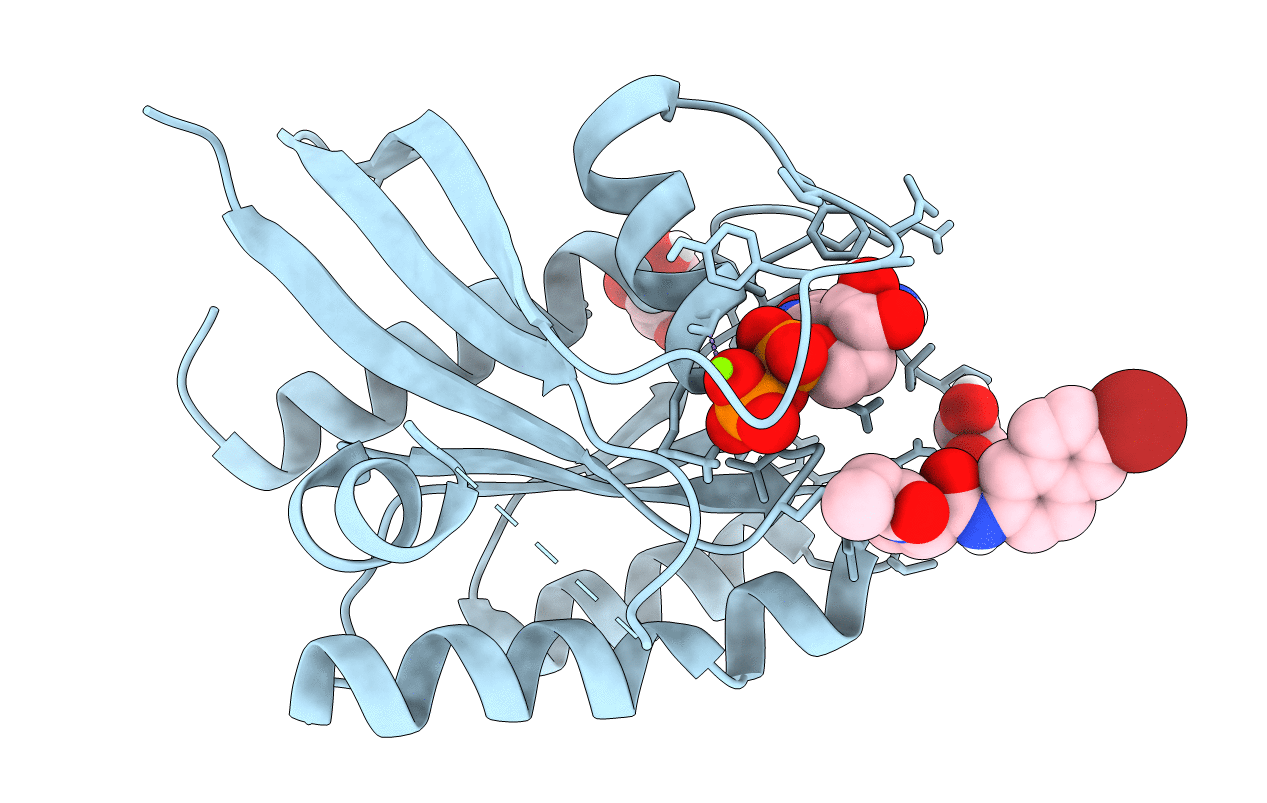
Deposition Date
2017-08-22
Release Date
2018-01-31
Last Version Date
2024-10-16
Entry Detail
PDB ID:
6ARK
Keywords:
Title:
Crystal Structure of compound 10 covalently bound to K-Ras G12C
Biological Source:
Source Organism:
Homo sapiens (Taxon ID: 9606)
Host Organism:
Method Details:
Experimental Method:
Resolution:
1.75 Å
R-Value Free:
0.23
R-Value Work:
0.19
R-Value Observed:
0.19
Space Group:
H 3 2


